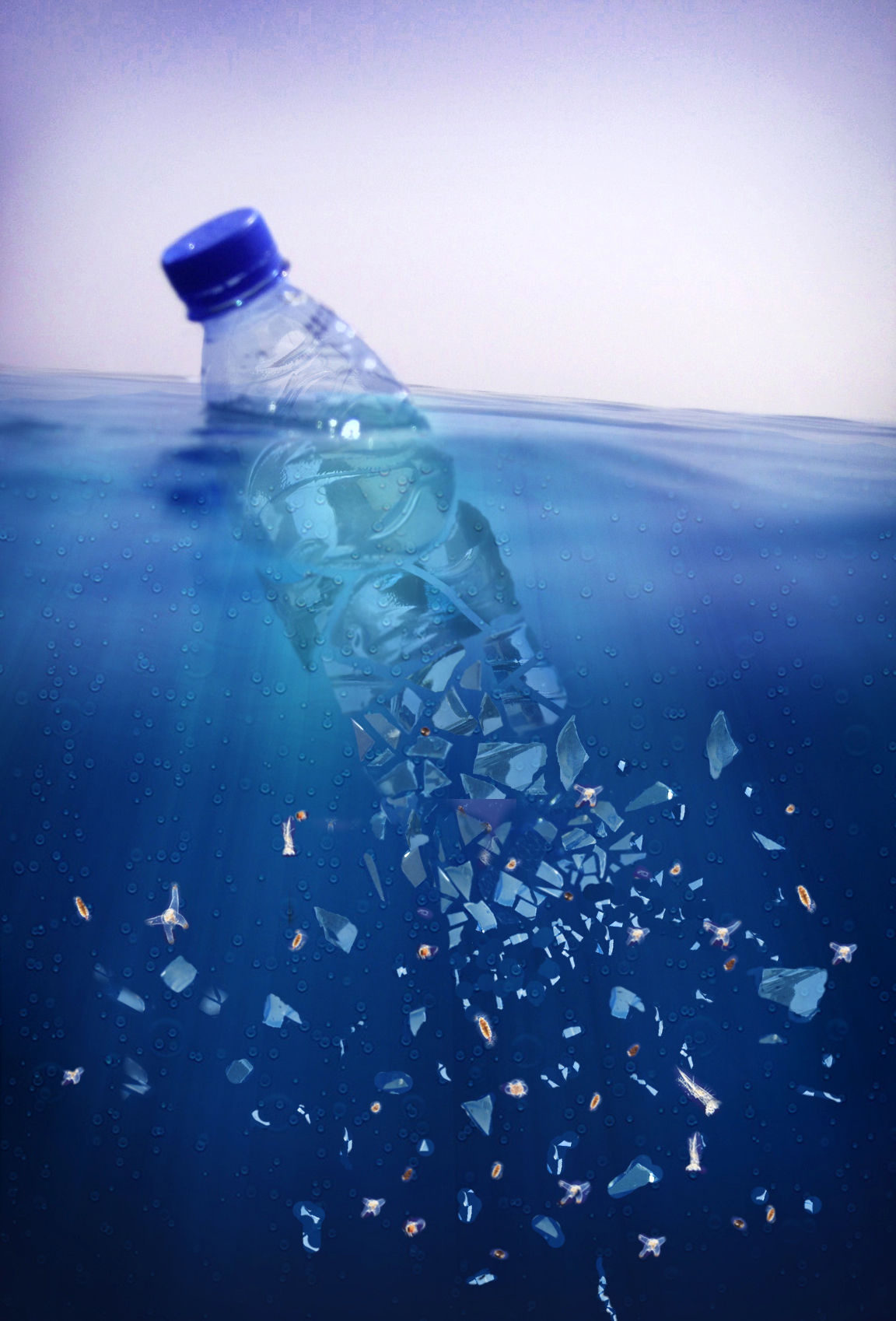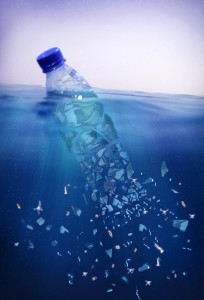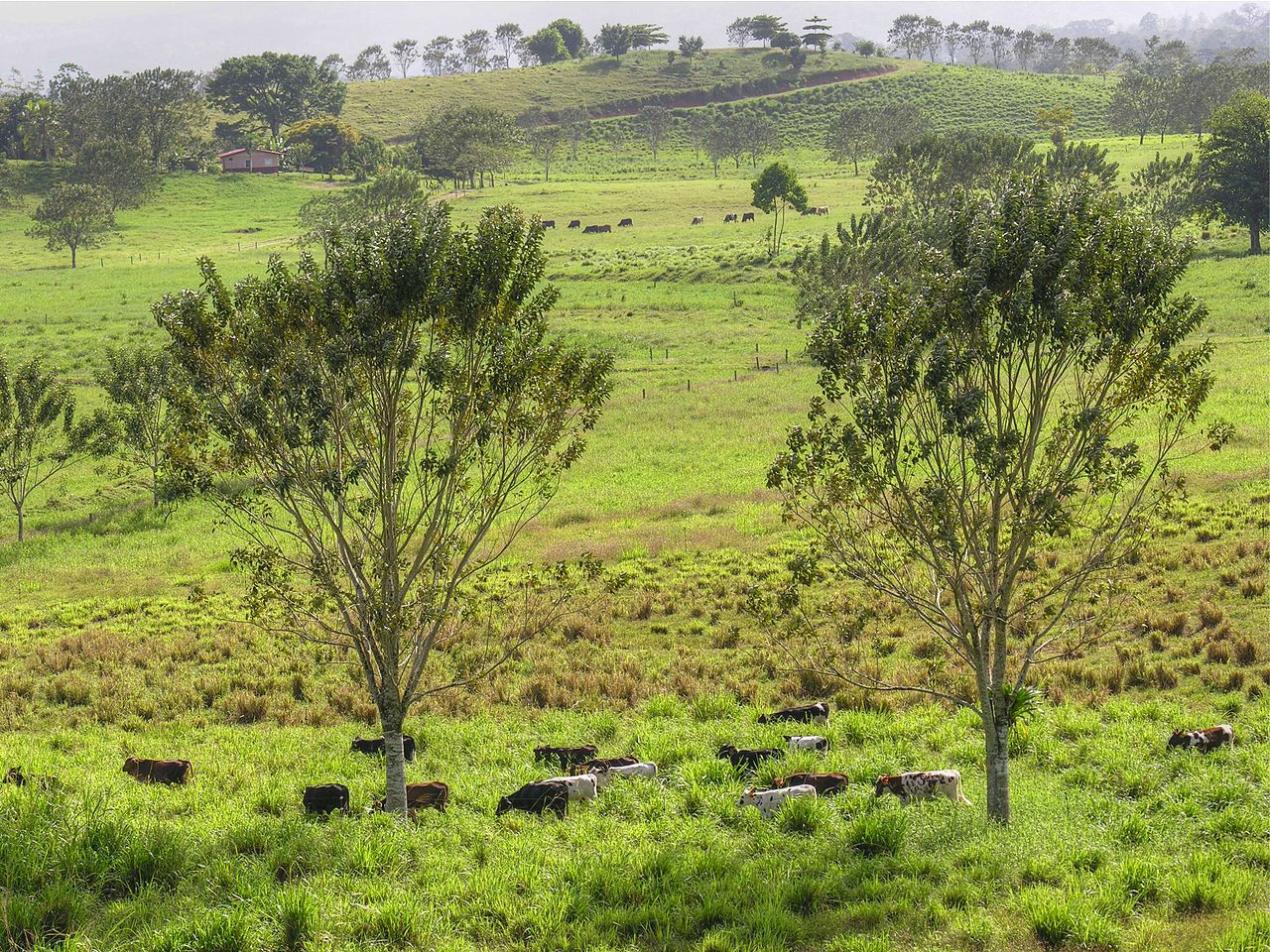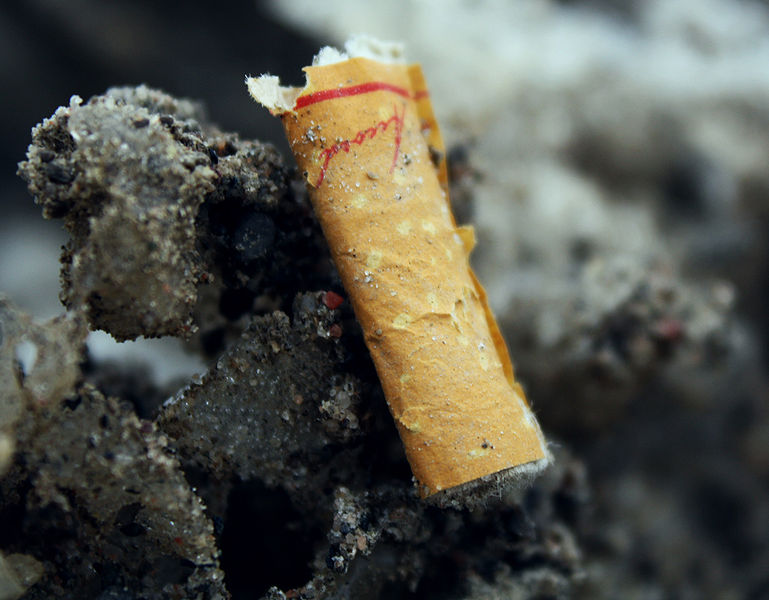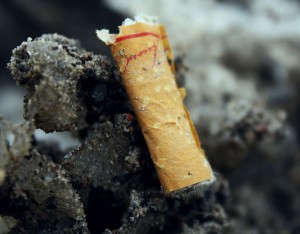Dr Dannielle Green from the Biogeochemistry Research Group in Geography is about to return from an adventure in the South Atlantic where she was hunting for microplastics in some of the world’s most remote islands.
Plastic debris can be found in every country around the world and larger items like plastic bags and bottles can have obvious impacts, such as entanglement, ingestion and suffocation of seabirds, turtles and mammals. But even when plastic breaks down, it persists as small pieces called “microplastics” and in this form can still cause harm to a wide range of marine organisms who unwittingly eat it. Microplastics have been found in marine waters all over the globe but sampling has mostly focused on areas adjacent to large human populations, very little is known about concentrations in remote islands like Ascension Island and the Falkland islands. In collaboration with Dr David Blockley from the South Atlantic Environmental Research Institute (SAERI), Dr Dannielle Green from Trinity College Dublin, Ireland flew out to the South Atlantic to assess the situation.
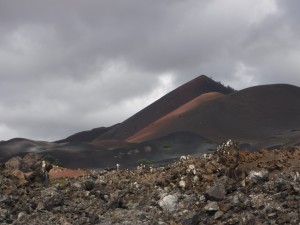
Water samples were taken from a range of sites around Ascension Island and the Falklands and every site was found to contain microplastics. In fact, the concentrations found were surprisingly high.

Dr Green presented her work to the Falkland islanders by giving a public lecture at the Chamber of Commerce which was well attended with a mixed audience including government officials, fishermen, the general public and the local television crew. She explained the potential issues of microplastic pollution and a thoughtful discussion about solutions later ensued with input from the audience.
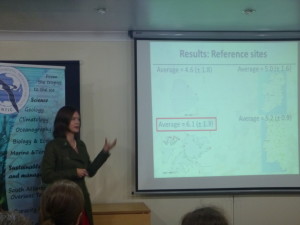
Microplastics can absorb toxic substances from the water column. In this way, they can become like “pills” of concentrated toxic chemicals that could be consumed by creatures like worms, shellfish, fish and mammals and can be transferred through the food web.
Pollution of natural habitats by microplastics is a global problem that we are only just beginning to understand, but it is one that is expected to get worse as plastic production continues to rise. Dr Green’s research explores the wider effects of microplastics on marine ecosystems. Through this work, she hopes to provide scientifically sound recommendations that will feed into policy and help protect our ecosystems.
Author
Dannielle Green
Photo credits
https://www.indiegogo.com/projects/save-our-seas-from-the-microplastic-threat#/story and Dannielle Green

